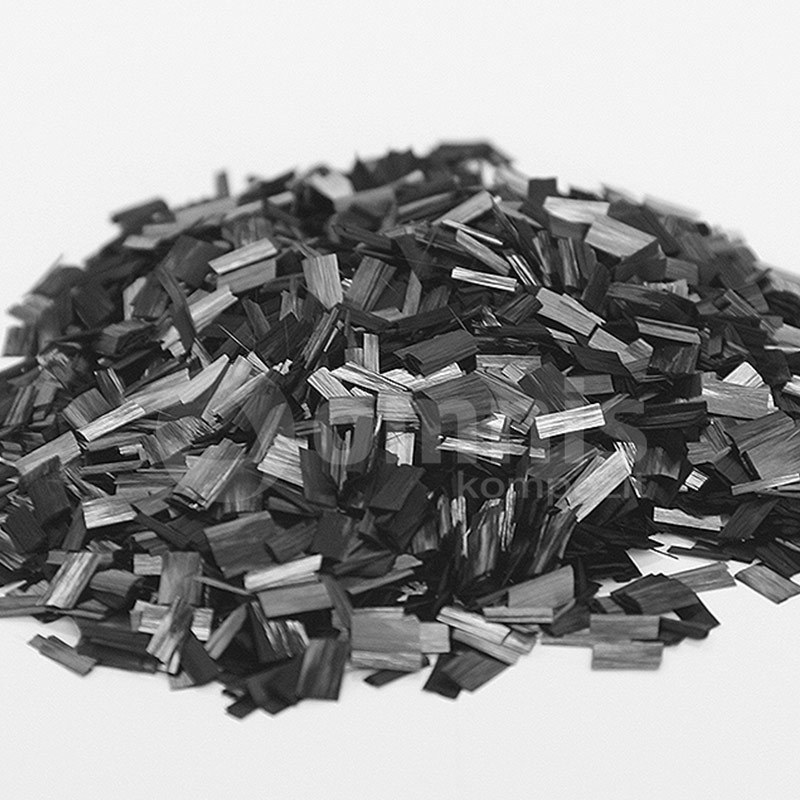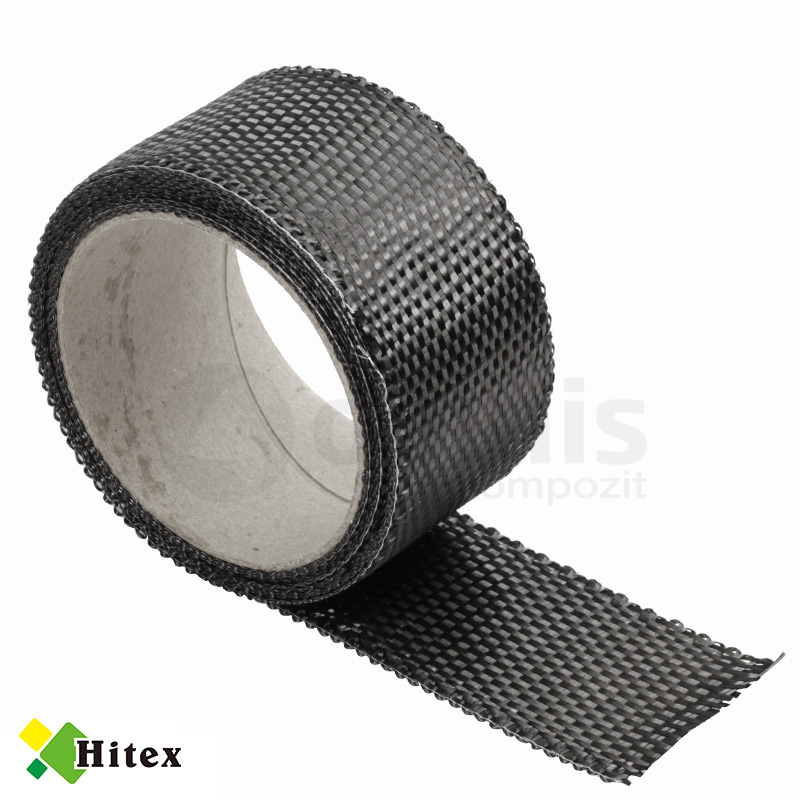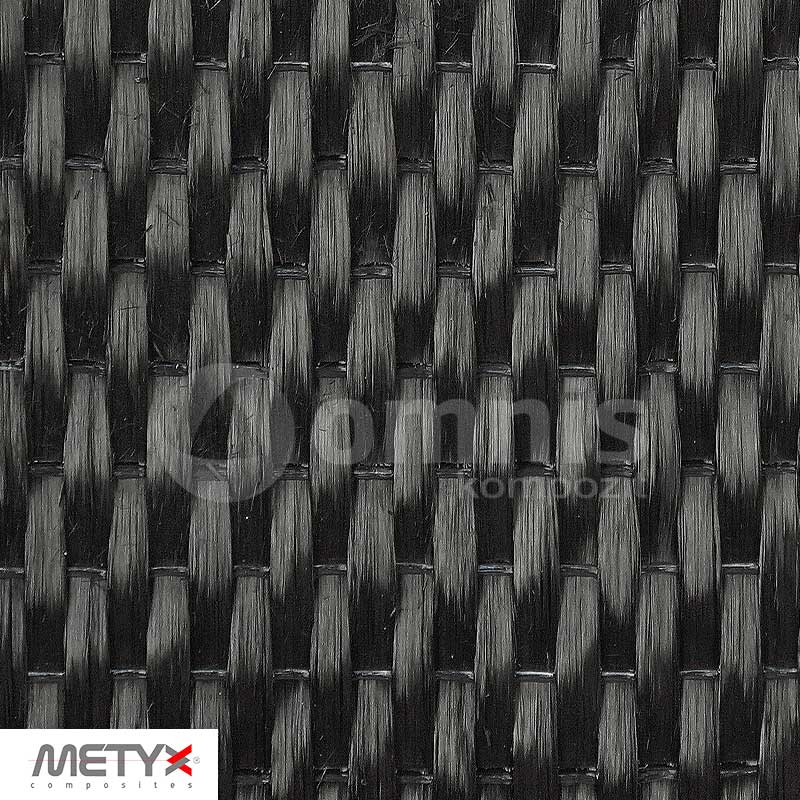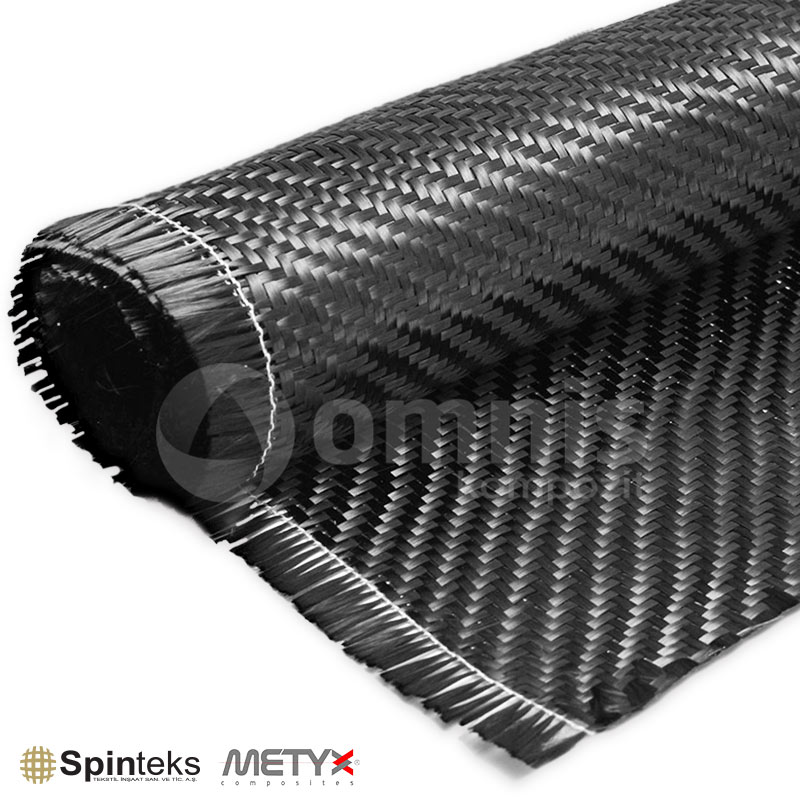Carbon Fiber Reinforcements
Carbon fiber reinforcements are high-strength, high-stiffness fibers used in composite materials to enhance mechanical properties and reduce weight. Composed of thin, strong crystalline filaments of carbon, these reinforcements are known for their outstanding strength-to-weight ratio, making them a cornerstone in advanced composite manufacturing. Available in various forms, including woven fabric, mats, and unidirectional strands, carbon fiber is versatile and adaptable to many applications, providing unparalleled performance in strength and durability.

Carbon Fiber Trimming
View Product
Carbon Fiber Ribbon
View Product
Multiaxial Carbon Fiber Fabric
View Product
Carbon Fiber Woven Fabric
View ProductHow are carbon fiber reinforcements made?
Carbon fiber reinforcements are produced through a complex process that begins with the stabilization of polyacrylonitrile (PAN) fibers, followed by carbonization at high temperatures in an inert atmosphere. This process transforms the fibers into pure carbon, maintaining the original filament shape while significantly enhancing strength and stiffness. The carbonized fibers can then be further treated or sized to improve their bonding properties with resins, resulting in a versatile reinforcement material that can be woven into fabric or used as individual strands for composite applications.
What are the main advantages of using carbon fiber reinforcements in composites?
The main advantages of using carbon fiber reinforcements in composites include exceptional strength and stiffness, coupled with lightweight characteristics. These properties enable the production of components that are significantly lighter than their metal counterparts, without sacrificing performance. Carbon fiber’s resistance to fatigue and corrosion also contributes to the longevity and durability of composite structures, making it an ideal choice for demanding applications across various industries, from aerospace to automotive and beyond.
How do carbon fiber reinforcements compare to glass fiber reinforcements?
Carbon fiber reinforcements offer superior strength, stiffness, and weight reduction when compared to glass fiber reinforcements. While glass fibers are cost-effective and provide good strength and flexibility, carbon fibers excel in performance, offering higher tensile strength and stiffness, making them suitable for applications where optimal mechanical properties and weight savings are critical. However, this comes at a higher cost, making carbon fiber more suitable for specialized applications where its unique properties can be fully utilized.
In what industries are carbon fiber reinforcements most commonly used?
Carbon fiber reinforcements are most commonly used in industries where strength, weight reduction, and durability are paramount. These include aerospace, automotive, sports equipment, wind energy, and marine industries. In aerospace, carbon fiber is used for structural components to improve fuel efficiency. The automotive industry utilizes carbon fiber for high-performance parts. In sports, it’s used in bicycles and racquets for enhanced performance, while wind energy leverages carbon fiber in turbine blades for improved efficiency and durability.
Can carbon fiber reinforcements be used in high-temperature environments?
Yes, carbon fiber reinforcements can be used in high-temperature environments, thanks to their excellent thermal stability. Carbon fibers maintain their strength and stiffness characteristics at temperatures much higher than most other reinforcement materials, making them suitable for applications such as aerospace and automotive components, where materials are frequently exposed to elevated temperatures. The specific temperature resistance depends on the resin system used with the carbon fiber.
What types of resins work best with carbon fiber reinforcements?
The types of resins that work best with carbon fiber reinforcements are epoxy, polyester, and vinyl ester. Epoxy resins are preferred for their excellent mechanical properties, superior bonding capabilities, and chemical resistance. Polyester and vinyl ester resins are also used, offering good strength and corrosion resistance at a lower cost. The choice of resin depends on the application’s specific requirements, including performance, environmental exposure, and cost considerations.
How do carbon fiber reinforcements affect the strength and stiffness of composites?
Carbon fiber reinforcements significantly increase the strength and stiffness of composites. The high modulus of carbon fiber translates into composites that are exceptionally stiff and strong, capable of bearing substantial loads without deformation. This reinforcement enables the design of lighter, more efficient structures that can withstand demanding conditions without compromising on performance, making carbon fiber composites a preferred choice for high-strength applications across various industries.
Are there environmental benefits to using carbon fiber reinforcements?
Yes, there are environmental benefits to using carbon fiber reinforcements, primarily through the lifecycle energy savings and emissions reduction in applications such as transportation and renewable energy. By enabling lighter-weight structures that require less energy to move or operate, carbon fiber composites contribute to increased fuel efficiency and reduced greenhouse gas emissions. Additionally, efforts to recycle carbon fiber composites are improving, aiming to reduce the environmental impact of production and end-of-life disposal.
How do I select the right carbon fiber reinforcement for my specific application?
Selecting the right carbon fiber reinforcement involves considering the mechanical performance requirements, environmental exposure, processing methods, and cost constraints of your specific application. Factors such as tensile strength, stiffness, and compatibility with the chosen resin system should be evaluated. Consulting with material specialists, reviewing technical datasheets, and conducting testing with potential reinforcement materials can help identify the most suitable carbon fiber reinforcement for achieving optimal performance in your application.
What safety precautions should be taken when handling carbon fiber reinforcements?
When handling carbon fiber reinforcements, it’s essential to take safety precautions to prevent skin irritation, respiratory issues, and other health risks. Always wear protective gloves to avoid skin contact and safety glasses to protect against airborne particles. Use a dust mask or respirator in environments where carbon fiber dust is present, and ensure adequate ventilation to minimize inhalation of particles. Following the manufacturer’s safety guidelines and maintaining a clean work environment are also crucial to safely handling carbon fiber materials.


